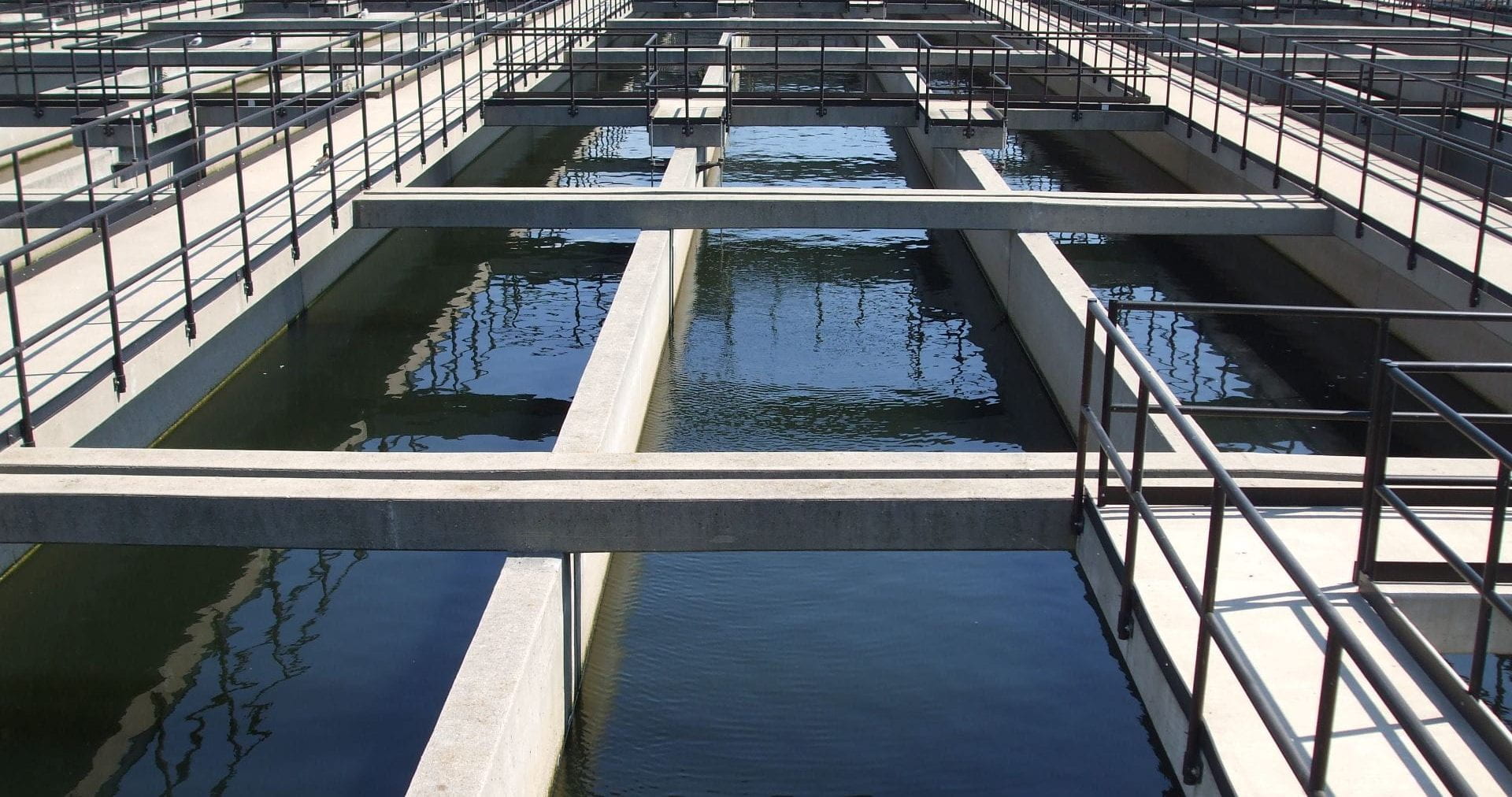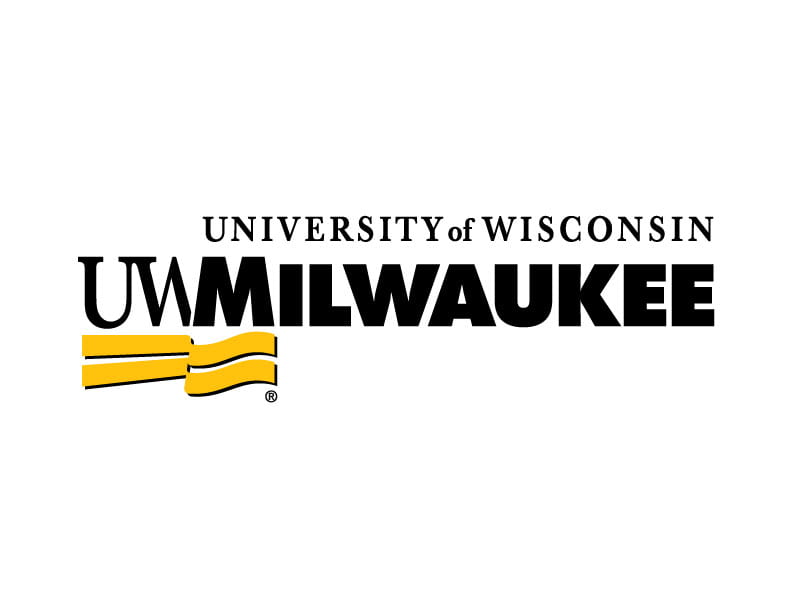Communicating Sewage Surveillance (CoSeS)
Sewage surveillance holds promise as a valuable addition to the tools available to public health experts during a pandemic. However, the approach is in its infancy and has yet to be standardized. At the present time, absolute COVID-19 infection prevalence (i.e. the number of people infected) cannot be determined from sewage concentrations of SARS-CoV-2. It is therefore critical that those performing sewage surveillance and those interpreting sewage surveillance data understand its strengths and limitations so that it can be applied appropriately for maximum benefit to public health.
The CoSeS project brings together an interdisciplinary and interactive group of science, engineering, public health, and communications experts. Our goal is to assist in the development of sewage surveillance as a useful public health tool by building capacity and developing communication networks for sewage surveillance data.
Objectives
Capacity Building
We work with cities to build institutional capacity in environmental monitoring labs for implementation of long-term monitoring programs
Communication Networks
We collaborate with public health experts to understand data needs and provide sound science to increase confidence in sewage surveillance utility for adaptive pandemic responses.





Comments are closed, but trackbacks and pingbacks are open.